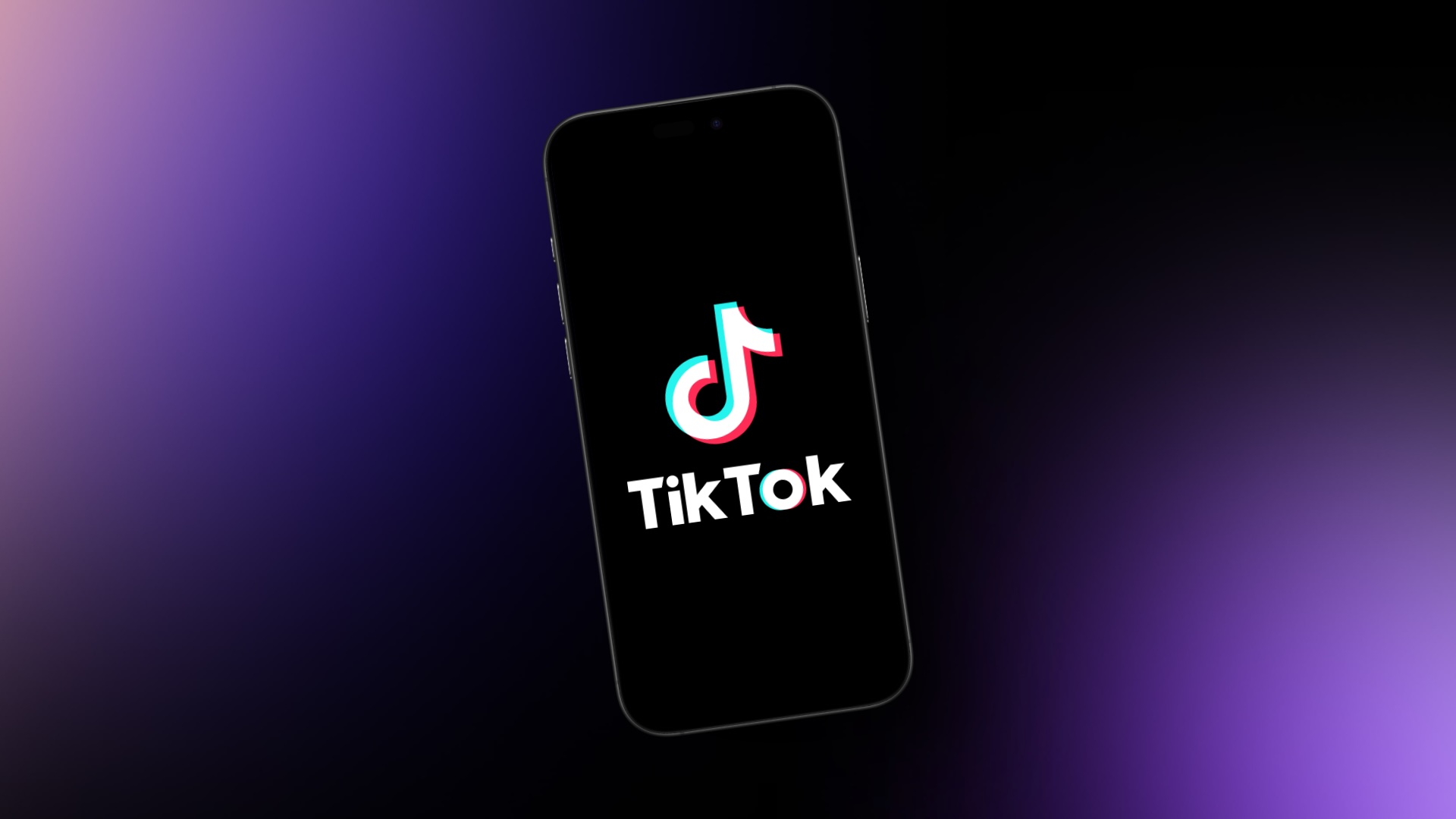Hybrid working is still causing annoying issues for workers everywhere
Slack has become the latest organization to reveal findings showing hybrid working tools are insufficient for the modern workplace, discovering that many employees are working far less efficiently than they could be.
Its study of 1,650 UK workers and 350 ITDMs found a stark disconnect between employers and employees, signifying a 37% difference in the number of ITDMs that think they’re investing well in the workplace hybrid experience (87%) vs the workers that agree (50%).
This apparent failure to provide the right tools has led to alarmingly low levels of productivity, with Slack seeing the average worker spend just nine hours per week in ‘deep work’ where they are at their most productive.
Investing in the right hybrid work tools
When the world transitioned to remote working en masse, not everything moved at the same speed leading to a significant disconnect. A third (33%) of the workers surveyed believed that their company’s approach to hybrid work had created greater silos, while others are simply concerned about the amount of unnecessary meetings they have to attend.
Despite such draining video conferencing time that reportedly accounts for around 7 hours and 42 minutes (or virtually a full working day) of a worker’s time per week, around a quarter (24%) have experienced fewer ad-hoc conversations that are key to strong collaboration – one of the reasons cited for Amazon’s return to office.
Slack’s Head of UK, Stuart Templeton, said: “Providing a good digital experience is critical to success in today’s digital-first world and it’s clear there’s a disconnect between IT leaders and employees on that front.”
Moving forward, it’s clear that more effective time management is needed, with workers seemingly favoring shorter, more ad-hoc voice calls over block-booked video calls. The report also calls on a degree of automation to help save time on repetitive tasks.
Need to streamline your day? Check out the best productivity tools







